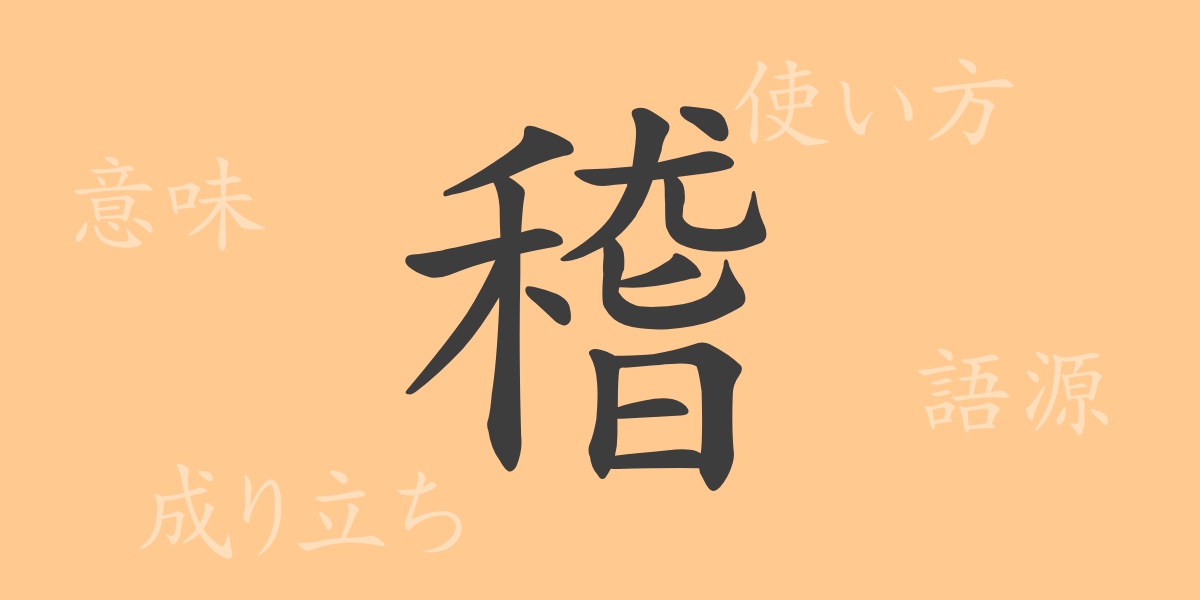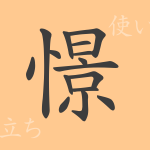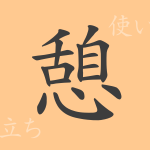The Japanese language is rich with numerous kanji, each carrying unique meanings and historical significance. One such kanji, “稽(けい, kei),” is not frequently seen in daily life but is deeply rooted in Japanese culture and language. This article explores the origins, meanings, uses, and related idioms and proverbs of the kanji “稽(けい, kei),” delving into its intriguing world.
Origin of 稽(けい, kei) (Etymology)
The kanji “稽(けい, kei)” originated in ancient China. Initially, its shape represented a cliff-like terrain. It later came to symbolize someone bowing their head in thought. As a result, “稽(けい, kei)” acquired meanings related to thinking and consideration, integrating into various words and expressions.
Meanings and Uses of 稽(けい, kei)
“稽(けい, kei)” primarily means “to think,” “to ponder,” or “to consider.” It also conveys nuances of taking time to reflect deeply, leading to its use in contexts implying delay or extension. You can find this kanji in many compound words and phrases.
Readings, Stroke Count, and Radical of 稽(けい, kei)
The readings and other details of the kanji “稽(けい, kei)” are as follows:
- Readings: The on’yomi (Chinese reading) is “けい(kei),” and the kun’yomi (Japanese readings) are “かんが.える(kanga.eru)” and “とど.める(todo.meru).”
- Stroke count: “稽(けい, kei)” consists of 15 strokes.
- Radical: The radical is “禾(のぎへん, nogihen),” representing grain.
Idioms, Expressions, and Proverbs Using 稽(けい, kei)
There are many idioms, expressions, and proverbs in Japanese that include “稽(けい, kei).” Here are a few examples:
- 稽古(けいこ, keiko): Practice or training, commonly used in martial arts and performing arts.
- 稽考(けいこう, keikou): Deep contemplation or consideration.
- 稽照(けいしょう, keishou): Reflecting on others’ opinions to consider one’s own actions or views.
- 稽古の功は一にあり(けいこのこうはいちにあり, keiko no kou wa ichi ni ari): A proverb meaning that continuous practice leads to mastery, similar to “Practice makes perfect.”
Conclusion on 稽(けい, kei)
The kanji “稽(けい, kei)” holds a unique place in Japanese language and culture through its broad meanings and uses. Words like “稽古(けいこ, keiko)” and “稽考(けいこう, keikou)” show its relevance in our daily lives. Understanding the history and meanings of “稽(けい, kei)” enhances our comprehension of Japanese, providing deeper insights into the language.

























